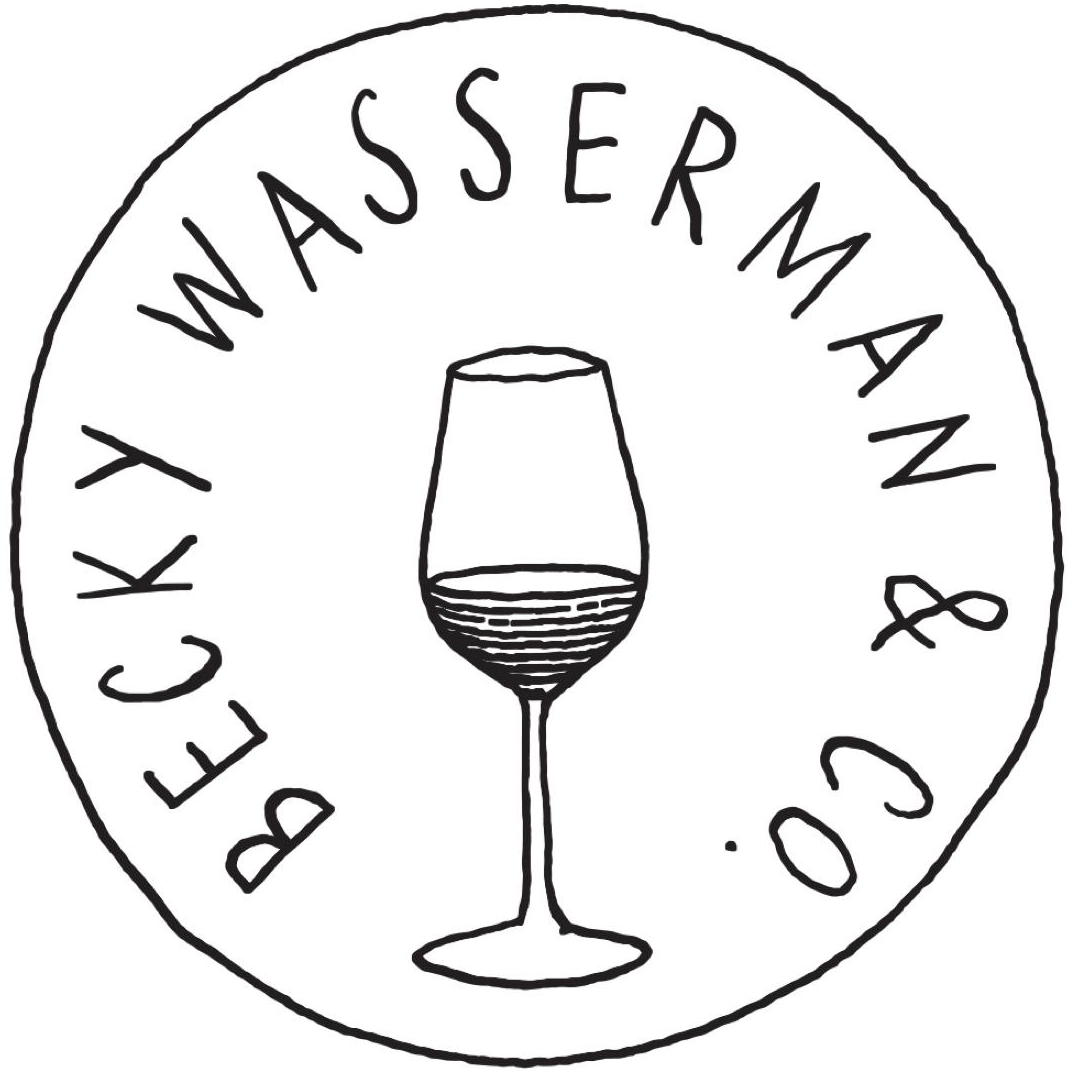At a Glance
- Creation Date: February 7, 1975 from the union of the Villaudric and Fronton VDQS.
- Types: Fronton rouge, Fronton rosé. There is no Fronton AOP for whites even though whites are produced in the area (labeled as Vin de France).
- Parent Region: Vignobles du Sud-Ouest.
- Area of Production: 2060 ha in 2008; 70 cooperative members; 40 independent growers.
- Plantation Density: minimum of 4000 vines per hectare.
- Maximum Yields: 50 to 60 hL/ha for the reds, 55 to 60 hL/ha for rosés.
- Minimum Alcohol Content: 11% for reds, 10.5% for rosés.
- Geography: Fronton is the closest appellation to the city of Toulouse (20 km) and is considered to be the city’s local wine. The appellation is located on the left bank of the Tarn River and encompasses 20 communes from the départments of Haute-Garonne and Tarn-et-Garonne.
- Elevation: 130 to 220 meters.
- Geology: The vineyards that have the right to the AOP are located on three alluvial terraces dating from the Quaternary (2.6 million years onwards).
The Three Main Geological Profiles
1. Boulbènes: Alluvium constituted of galets roulés (rounded cobbles), gravels, sands, and silts, originating from the Massif Central and drained by the Tarn river and its affluents. These alluvium are rich in silica and non-calcareous.
2. Rougets: Silty clay soils with up to 30% red (iron-rich) clays
3. Graves: 1 to 2-meter bed of galets roulés and gravels over a deep (3 to 5 meters) bed of red clay, then, a hard limestone bedrock the locals call Roucanel
Climate
Fronton is at the junction of three temperate climates: oceanic (the Atlantic is 250 km to the west), with Mediterranean (150 km to the southeast) and continental influences. Spring is rainy, summers are hot and dry, falls are sunny, and winters are cold. Despite the wet springs, “it does not rain a lot,” says Marc. “The thirty-year average is 500 mm per year, and up to 880 mm in years of heavy rain. It rains less than in Bordeaux or even the Terrasses du Larzac. There is another difference: we have more days of rain, so it’s more regular and more spread out.”
There are several important winds. The principal one is the Vent d’Autan. It originates as the Marin in the Mediterranean. Its nickname is the “Wind That Drives Crazy” or the “Devil’s Wind” because of its influence on humans and animals (irritability, cardiac rhythm changes, etc.). But despite the hot, dry summers, and drying winds, the vines do not tend to suffer from hydric stress because of the deep, water-retentive clays.
Grape Varieties
• You will anecdotally find it elsewhere, including in California, where it was known as Pinot Saint-George up until 1997: Négrette is the specialty of Fronton. This is enshrined in the AOP regulations. It must constitute a minimum of 50% of a grower’s holdings. Négrette is incorrectly stated to be a direct descendant of Cyprus’ Mavro, purportedly imported to France in the 12th century by the Order of Knights of the Hospital of Saint John of Jerusalem. Recent DNA testing shows that it is a local variety and a descendant of Prunelard, as are many of the Southwest’s red staple varieties, such as Malbec and Tannat. The bud break and ripening are considered to be late for Négrette. It is a thin-skinned variety.
• Other AOP authorized varieties: Syrah (40% maximum); Cot or Malbec, Fer Servadou, Cabernet Franc, Cabernet Sauvignon (25% max.); Gamay (15% max.); Mérille and Cinsault (5% max.).
• Non-AOP varieties: The southwest is rich in ancient varieties. Currently, Marc is the only producer of pure Négret Pounjut and of pure Jurançon Noir. Marc says of an old field blend belonging to a neighbor, “I’d love to buy the vineyard but we’re not friends,” he says, “you can find everything. The local grapes include Fer Servadou, Duras, the Négrette family, Grain Noir de la Calmette, Valdiguie, Jurançon Noir; and the Mediterranean grapes: Cinsault, Clairette, Picpoul, Grenache, Carignan, Aramon….”
Though the AOP does not allow whites, they are made. Mauzac is historically correct, Semillon logical, Sauvignon Blanc to be expected. But the white treasure in Fronton is a local variety called Bouysselet which was rediscovered only a few years ago. The wines from the varieties not authorized in the AOP are labeled as Vin de France.
